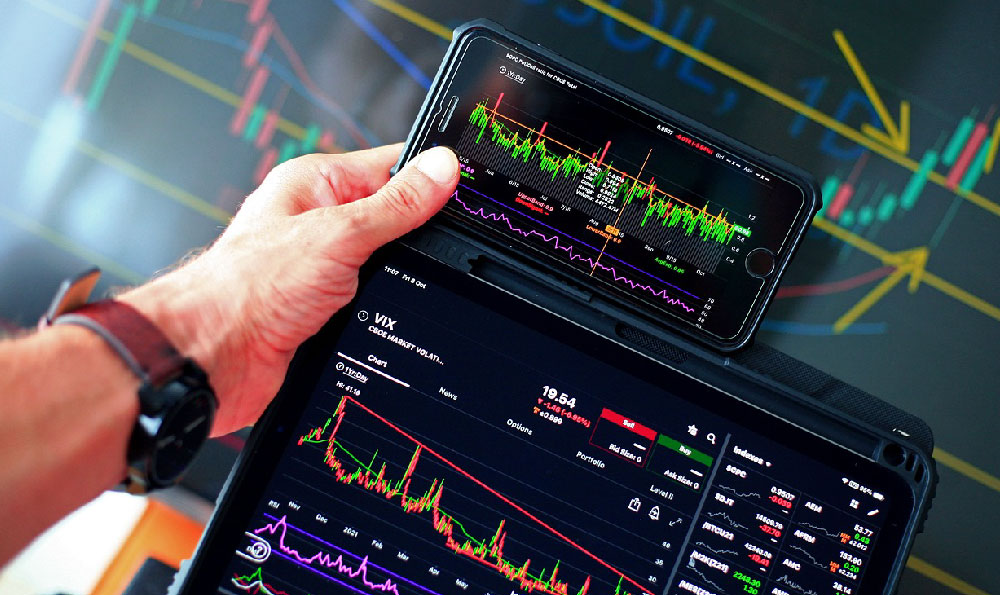How Music Artists Earn Income: Monetization Strategies and Revenue Sources
Music artists have long been captivated by the dream of creating something meaningful and earning a livelihood from it. Yet, the path to financial stability in this industry is often complex, shaped by both traditional and evolving revenue streams. Understanding these dynamics is essential for artists seeking to build sustainable careers and investors interested in the sector's potential. The modern music landscape has transformed dramatically, offering a mosaic of opportunities that extend beyond the familiar realms of record sales and performances. From digital platforms to blockchain technologies, the ways in which musicians generate income now encompass a wide array of strategies. This evolution demands not only creativity but also strategic thinking to navigate the financial intricacies of the industry effectively.
At the core of a musician's income is the art itself, which can be commercialized through multiple channels. One of the most enduring methods remains live performances and touring. Events such as concerts, festivals, and private shows create direct revenue from ticket sales, merchandise, and audience engagement. However, modern artists are also leveraging digital platforms to expand their reach and monetize their work. Streaming services like Spotify, Apple Music, and YouTube have become pivotal, offering royalties based on the number of streams. The algorithmic nature of these platforms, while boosting visibility for some, can also create disparities in earnings. For instance, artists with a loyal fanbase might earn more per stream than those relying on virality. This has prompted many to diversify their digital strategies, such as optimizing metadata, engaging with fans through social media, and offering exclusive content on platforms like Bandcamp or SoundCloud.
Beyond streaming and live performances, the rights-based income model plays a critical role. Music is a product of intellectual property, and mastering this can lead to substantial earnings. Royalties from physical and digital sales, streaming, and mechanical rights (such as when a song is used in a commercial) are all part of this ecosystem. However, the rise of online platforms has simplified the process of rights management, allowing artists to directly negotiate licenses and contracts. For example, Sync licensing—where music is used in movies, TV shows, or advertisements—has become a lucrative avenue, often yielding high-value deals. The key to success here is understanding the legal frameworks surrounding rights, such as the difference between performance rights and mechanical rights, and having a team to manage these complexities.

Another growing income source is the creation and sale of merchandise. This includes physical items like t-shirts, posters, and vinyl records, as well as digital products such as downloadable content (DLCs) or personalized playlists. Music platforms like Shopify and Etsy enable artists to set up online stores, while social media allows for direct engagement with fans to drive sales. The scalability of this model makes it particularly appealing for independent artists, who can capitalize on their personal brand without relying on major labels. Strategic branding and marketing efforts can turn merchandise into a steady revenue stream, especially when aligned with the artist's image and audience preferences.
Brand collaborations and endorsements have also emerged as significant income sources. Musicians often partner with companies for sponsorships, leveraging their influence and fanbase to promote products. These opportunities can range from affiliate marketing, where artists earn a commission for sales generated through their unique links, to product placements, which involve integrating music into branded content. The value of these partnerships depends heavily on the artist's level of visibility and the perceived alignment between their art and the brand. Building a strong personal brand is crucial here, as it enhances credibility and opens doors to more lucrative deals.
In the realm of education and content creation, musicians can monetize their expertise by offering online courses, workshops, or tutorials. Platforms like MasterClass and Udemy allow artists to share their knowledge globally, while YouTube provides a space for free content that can attract ad revenue or donations. This model is especially viable for established artists with a wealth of experience, as it turns their artistry into a teaching tool. The sustainability of this approach hinges on the artist's ability to balance education with creative output, ensuring they provide value without compromising their artistic integrity.
The emergence of blockchain technology has introduced novel avenues for income generation, such as Non-Fungible Tokens (NFTs) and decentralized music platforms. NFTs allow artists to sell unique digital assets, such as limited edition tracks or concert experiences, directly to fans. These sales can provide upfront revenue and also enable artists to earn royalties from future sales. Decentralized platforms like Audius or blockchain-based distribution services offer artists greater control over their work and earnings, reducing reliance on traditional intermediaries. While these technologies are still in their infancy, they present a glimpse into the future of music monetization, where transparency and direct fan interaction could redefine the industry.
Navigating these income streams requires not only an understanding of their mechanics but also a strategic approach to risk management. The music industry is inherently volatile, with trends and algorithms changing rapidly. Artists who diversify their revenue sources—such as balancing live performances, streaming, merchandise, and royalties—can create more resilience against market fluctuations. Additionally, investing in legal protection, like registering copyrights and trademarks, is vital to prevent unauthorized use of one's work. The importance of financial planning, including budget allocation for marketing, touring, and tooling, cannot be overstated. A balanced approach to income and investment ensures that artists are not only creating music but also building a sustainable financial foundation.
In conclusion, the journey of earning income as a music artist is multifaceted, requiring a blend of traditional and innovative strategies. The digital age has expanded opportunities, but it has also introduced new challenges and complexities. By understanding these dynamics, artists can navigate the industry with both creativity and pragmatism, ensuring their work not only resonates with audiences but also sustains their livelihood. Investors, on the other hand, can gain insight into the evolving financial structures of the music world, identifying trends that could offer long-term value. The key to success lies in adaptability, strategic thinking, and a commitment to both artistic growth and financial stability.















